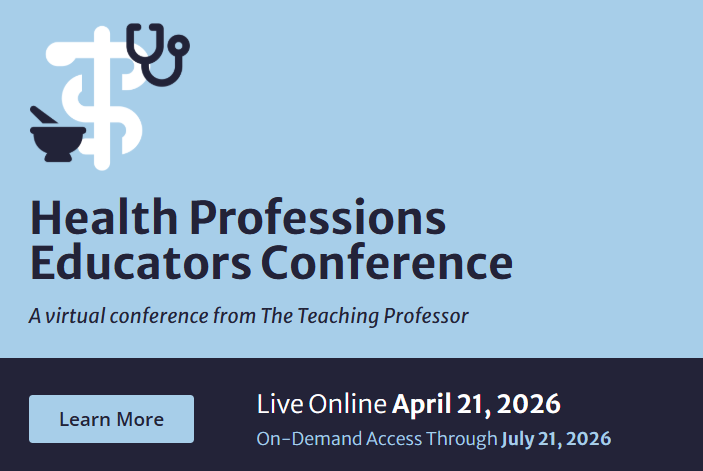Thinking about Teaching and Learning
I heard someone say today that he’s been teaching for 50 years and never really thought about his teaching. “I just go in there and teach—I don’t think about it.” And here I am having spent something like 45 years thinking a lot about my own teaching and that of everyone else. From my perspective, it’s hard to imagine teaching without thinking about it.



